Dietitian Shares 5 Super Simple Ways to Up the Nutrition of Your Meals

So much of the content you see online about what and what not to eat centers around weight loss. Maybe it’s a list of low-calorie foods, or perhaps it’s a video sharing metabolism-boosting meal ideas. Sometimes, we’re so focused on the number on the scale that we forget how important it is to eat a healthy, balanced diet. That’s why dietitian Maggie Michalczyk, RDN (@onceuponapumpkin) recently took to Instagram to share professional tips on how you can up the nutrition of your meals and snacks.
She told her followers she really likes “the mentality of asking yourself what you can add to your diet vs. what you should take away.” She explained that the three big things she’s looking to add are protein, fiber, and healthy fats—all of which provide essential vitamins and minerals, promote gut health, and help you to feel fuller for longer.
“The little things are the big things truly with everything in life but also when it comes to nourishing our bodies,” she said. Read on for her five best suggestions.
RELATED: This “Powerhouse” Vegetable Is the Healthiest, CDC Says—But You’re Probably Not Eating It.
1
Add hemp seeds, flax seeds, or chia seeds.
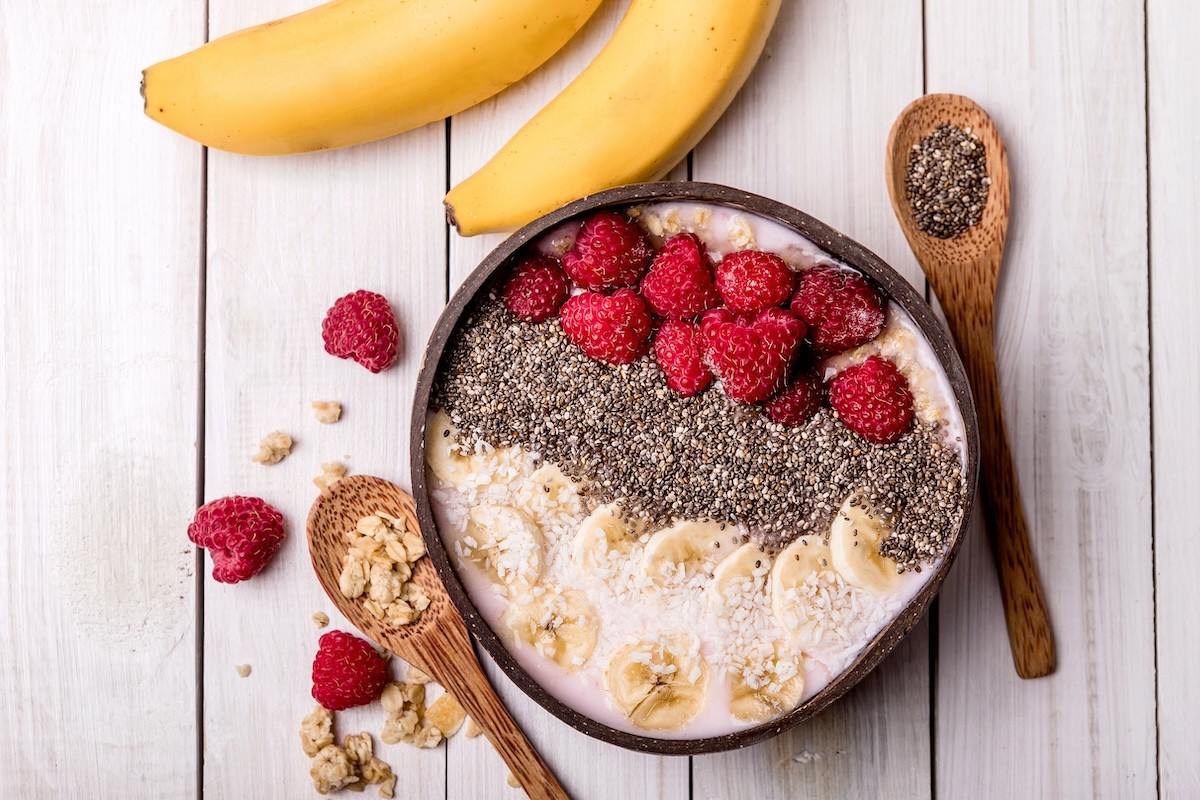
First, Michalczyk recommends adding hemp seeds, flax seeds, or chia seeds to smoothies, oatmeal, baked goods, or sprinkled on top of toast with peanut butter.
“They pack a punch of protein, healthy fat and fiber plus minerals like iron, magnesium, and zinc,” she wrote.
Chia seeds, specifically, have also been shown to aid in digestion, enhance brain function, possibly lower cancer risk, promote bone health, improve muscle function, and help you sleep.
2
Put an egg on it.
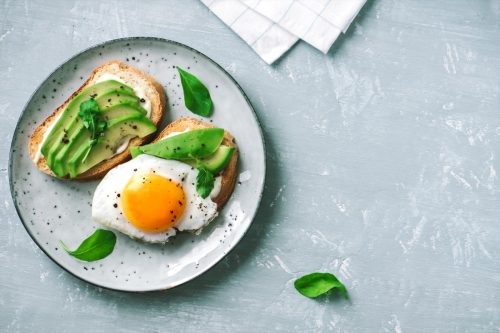
The trend of putting a fried egg on everything may have peaked around 2010 in the restaurant world, but it’s still a nutritious food prep idea, says Michalczyk.
“Eggs contain highly bioavailable protein plus the yolk is a rich source of vitamins A, E, K, and B…(which are great for energy) and vitamin D which is not in that many foods,” she explained.
Vitamin D is especially important in the winter when we don’t get as much of it naturally from the sun.
Add an egg to your avocado toast, slice hardboiled eggs in a salad, or simply enjoy scrambled eggs and greens for lunch.
3
Add microgreens.
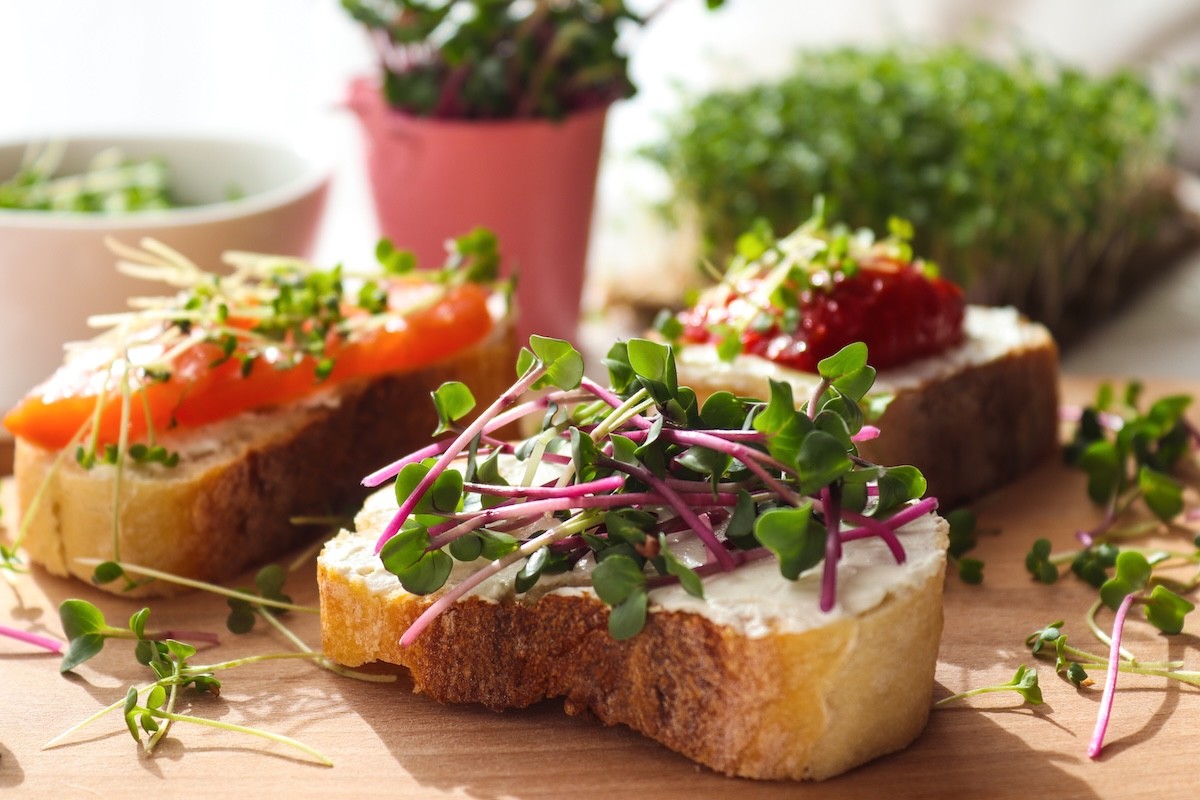
Microgreens aren’t exactly something that everyone has on hand in the fridge. But Michalczyk says they’re worth seeking out at your grocery store since they’re “a super concentrated source of vitamins, minerals, and antioxidants.”
She’s particularly fond of broccoli microgreens because they’re “high in sulforaphane, a compound that has anti-inflammatory and anti-cancer properties.”
Michalczyk suggests sprinkling these little greens on top of pizza, pasta, salads, grain bowls, eggs, soups, or toast—the possibilities are endless, really!
RELATED: I Tried Liquid I.V. Hydration for Two Weeks & Noticed 4 Changes to My Body.
4
Use bone broth.
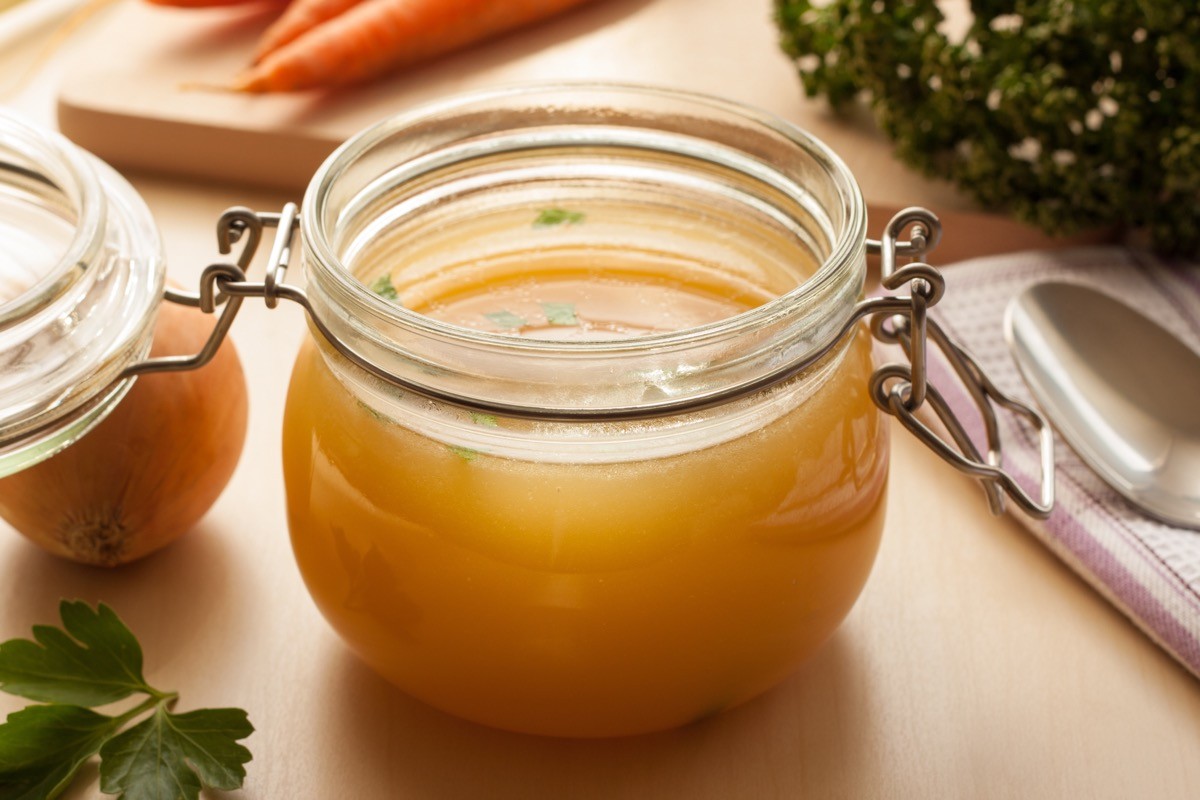
Bone broth is high in potassium and magnesium, but perhaps its biggest selling point is that contains lots of the protein collagen.
As Best Life previously explained, collagen is “a key building block for skin, bones, muscles, tendons, and ligaments.” However, as you age, your body produces less of it naturally, which can lead to dull skin and hair, oxidative stress, low bone density, and many other issues.
So, to up your intake, Michalczyk recommends using bone broth in soups, to cook grains, or as a hot drink on its own.
5
Add a side salad.
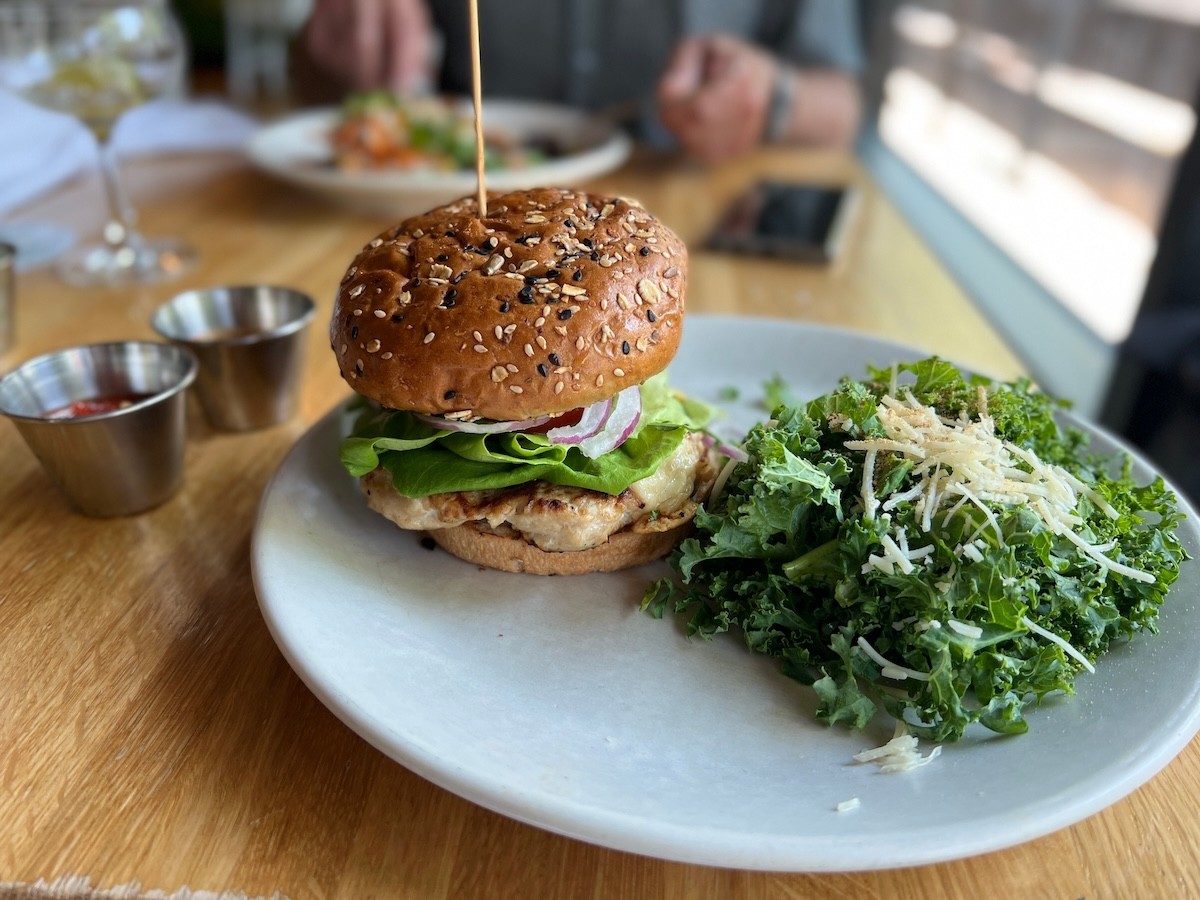
No, this doesn’t mean the sad side salad you might get a diner. Michalczyk encourages her followers to add some dark leafy greens like kale, Swiss chard, or spinach to their meals.
“Dark leafy greens contain fiber and folate as well as other vitamins and minerals that help support heart health, bone health and brain health, she says.